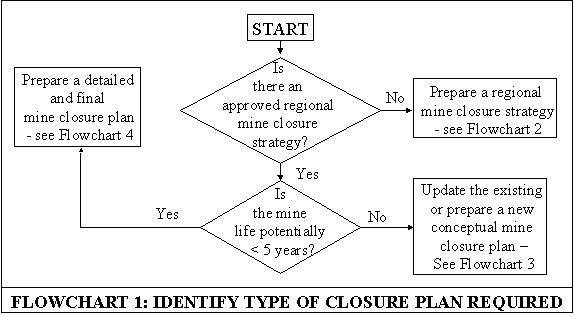| Witwatersrand Basin |
|
| Non- Witwatersrand Basin |
|
| Goldfield | Free State | KOSH | Far West Rand | West Rand | Central Rand | East Rand | Evander | Pilgrims Rest | Barberton | KZN |
|---|---|---|---|---|---|---|---|---|---|---|
| Water Management Area | MiddleVaal | MiddleVaal | Upper Vaal | UpperVaal | Upper Vaal | Upper Vaal | Upper Vaal | Olifants | Inkomati | Usutu to Mhlathuze |
| Geo-hydrological groundwater management units | 5 | 1 | 3 | 1 | 3 | 1 | 1 | 1 | 1 | 1 |
| Decanting | Not likely | Yes | Likely | Yes | Yes | Yes | No | Likely | Some | Unlikely |
| Decant rate | 0 | 17-50 Ml/day | ? | Estimated at 17 Ml/d | 17 Ml/d | ? | - | - | - | - |
| Physical instability(Subsidence/ sinkholes) | No | Yes | Yes | Yes | Yes | Yes | No | No | No | No |
| Pumping of flooded mines | Yes | Yes | Yes | Being flooded | Yes | Yes | No | No | Some | Yes |
| Pumping rates | 34 Ml/d | Stilfontein | >150 Ml/d | - | 99 Ml/d (summer) | 90 Ml/d | - | - | - | - |
| Strong surface-groundwater interactions | Hydrochemical
pollution sources (such as waste dumps, evaporation dams
and slimes dams) Saline water pumped from deep connate aquifer and surface evaporated (Free State mines) Recharge water degradation of dolomites Transport routes such as surface run-off, primary aquifers, dolomitic aquifers, fractured rock aquifers and geological features such as faults and dykes |
|||||||||
| Chemical stability (water quality e.g. AMD problems | A positive correlation exists between gold grade and the modal proportion of potentially acid producing sulphide minerals. Furthermore, gold grade correlates positively with the reef thickness. Thus by making use of isopach maps showing the distribution of reef thickness, meaningful planning and delineation of areas with a high acid producing potential is possible. | |||||||||

| Area | Geohydrological Unit | Mine | Quarternary Catchment | Tertiary Catchment Name |
|---|---|---|---|---|
| KOSH | KOSH KOSH |
Stilfontein,
Hartebeestfontein &
Buffelsfontein Vaal River Operations & ARM |
C24A C24H |
Schoonspruit Schoonspruit |
| Free State | Odendaalsrus
sub
basin |
Target,
Jeanette, Tshepong
& PS North PS South, St Helena, P Brand, Unisel, |
C25 | Makwassie spruit |
| Welkom sub basin |
Matjhabeng, Banbanani
& ARM Harmony original, Old Virginia, Old |
C43B |
Vet | |
| Virginia sub basin | Saaiplaas, Old Erfdeel, Old Merriespruit | C42J | Vet | |
| Oryx | Oryx | C42L | Vet | |
| Theunissen sub basin | Joel & Beatrix | C42K | Vet | |
| Far West Rand | Western sub basin | Deelkraal, Driefontein, Blyvooruitzicht, Western Deep & Elandsrand | C23E | Mooi |
| Central sub basin | Kloof | C22J | Klip | |
| Venterspost, Libanon | C23D | Mooi | ||
| Eastern sub basin | Placer Dome | C22H | Klip | |
| Harmony Cooke | C23D | Mooi | ||
| Barberton | Barberton | New Consort | X23B | Krokodil |
| Barberton | Sheba | X23G | Krokodil | |
| Barberton | Fairview, Agnes | X23F | Krokodil | |
| Evander | Evander | Winkelhaak, Bracken, Leslie & Kinross | C12D | Waterval |
| West Rand | West Rand | Randfontein Operations & West Wits | A21D | Upper-Krokodil |
| Central Rand | DRD and Rand Leases | DRD, 5A shaft & Rand Leases | C22A | Klip |
| Central | CMR, Crown, Rose Deep & City Deep | C22A&B | Klip | |
| ERPM | ERPM | C22B | Klip | |
| East Rand | East Rand | Grootvlei & Modderfontein | C21D | Suikerbosrand |
| Nigel | C21E | Suikerbosrand | ||
| Pilgrim’s Rest | Pilgrim’s Rest | Transvaal Gold Mining Estate | B60A | Blyde |